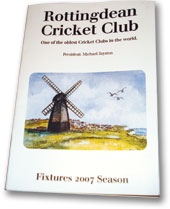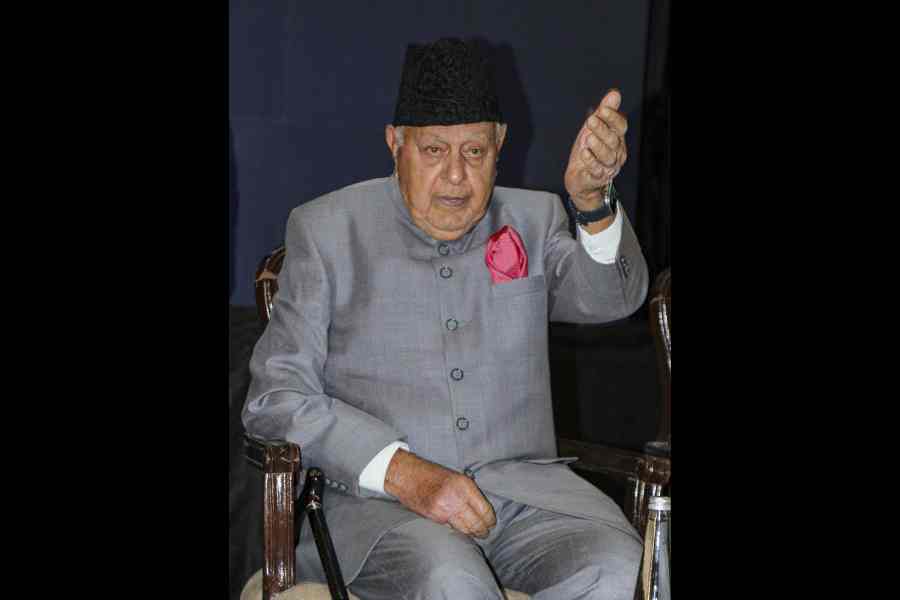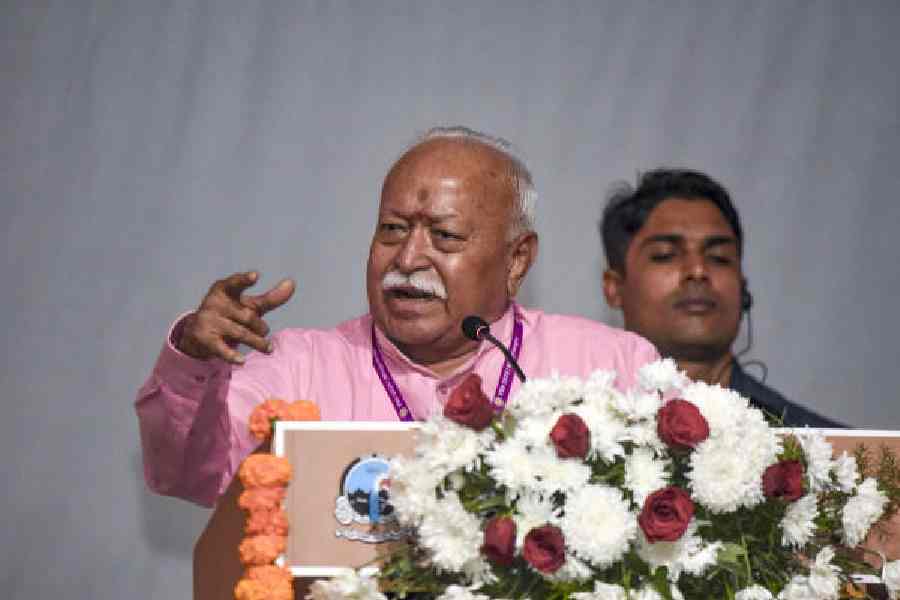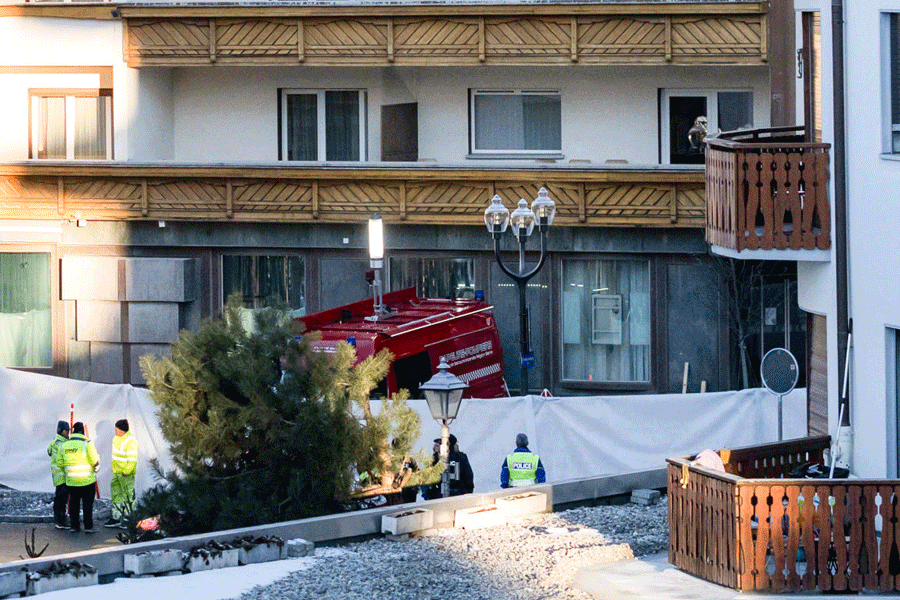 |
Last Sunday, I left the hustle and bustle of London to travel to a tiny village called Rottingdean in Sussex, near Brighton. I have been to Rottingdean several times before, but this is the first time I was able to take a proper interest in the rather strange cricket pitch that the village has and its equally quaint history.
At first sight, the ground looks more like a meadow than a playing field, with one side abruptly sloping away till you can hardly see the person standing on the deep cover or the mid-wicket fence. I had often wondered what kind of cricket can possibly be held played on a ground which curved so alarmingly.
It turns out that Rottingdean cricket club, to which the ground belongs, is one of the oldest cricket clubs in the world. In fact, the club members feel that it must be the third oldest in England, and date it tentatively from the mid-1750s. A match is known to have been played in the village in June 1758, for the then not inconsiderable stake of one guinea. There is also record of a match played in the following May, captained by one Steyning Beard. When the bicentenary of this match was played in the last century, another Beard, a direct descendant of the first skipper, led the team out to the field.
The club was originally situated at a place two miles away from its current site, in Balsdean, in the shadow of the windmill whose picture you can see. (This is the same windmill, I am told, which was featured as the colophon of the publishing house of William Heinemann). When the windmill shifted to the present-day Windmill Down above the village, the club shifted too. It was here that cricketing history was made when one shot fetched 67 runs, all of which were run. When the ball was hit down the slope of the Downs, the fielder chasing it overthrew the ball so violently that it disappeared down the other side. It required the whole team to retrieve the ball in relays by which time as many as 67 had been run by the pair on the pitch.
But the Rottingdean cricket club is not just about history and quaint lore. It is very much alive and kicking, has three club elevens and is affiliated to the Sussex County Club. Its current president, an actor, was reportedly a member of Harold Pinter’s famed eleven. I read his report to the members at the beginning of the 2007 season and was struck by the following sentence: “Whilst the committee would take an extremely dim view of the umpires being strangled or thrown over the pavilion, some sort of order should be maintained.” I made a mental note to find out more about this incident of umpire-bashing the next time I am in Rottingdean, preferably in summer and when a match is in progress. Who knows, they might even let me play a game.
The author teaches English at Jadavpur University










